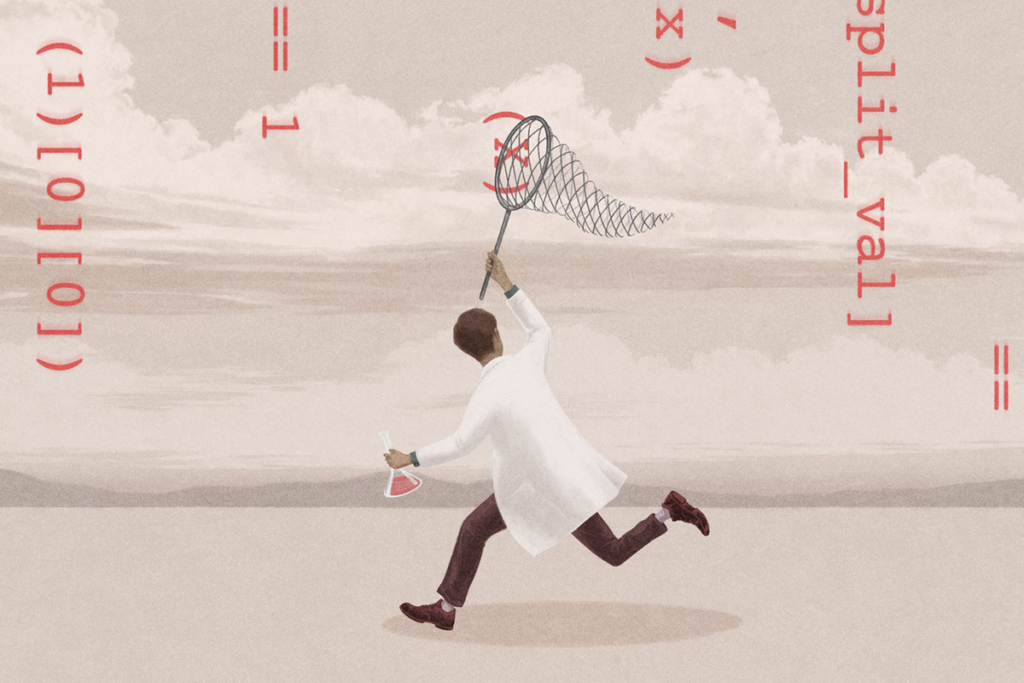Clinical research: Motor ability can predict autism
Babies at high risk for developing autism are more likely than controls to have delays in acquiring motor skills, according to two long-term studies published in the past few months.
Babies at high risk for developing autism are more likely than controls to have delays in acquiring motor skills, according to two long-term studies published in the past few months.
Both studies follow siblings of children already diagnosed with autism. These ‘baby sibs’ are up to 20 times more likely than the general population to develop the disorder.
The first study, published in the December issue of Infant Behavior and Development, looks at the relationship between motor skills at 3 and 6 months of age and communication ability at 18 months1. Studies have shown that motor skills acquired in infancy can help with language development. For example, pointing or following the gaze of a caretaker can help a baby learn words.
The researchers assessed motor ability using the Alberta Infants Motor Scale — a parent questionnaire that tracks motor milestones — for 24 baby sibs and 24 controls at 6 months of age. The researchers had also assessed 18 infants in each group at 3 months of age. They assessed 21 of the baby sibs at 18 months of age using the Mullen Scales of Early Learning, another parent report. They were not able to follow up with the controls.
At 3 months, 14 of 18 baby sibs had motor deficits, compared with 8 of 24 controls , the researchers found. Half of these baby sibs caught up by 6 months, however. At that age, 12 of 24 baby sibs had motor deficits, compared with 2 of 24 controls.
Baby sibs who have communication problems at 18 months tend to be those who had motor deficits as infants, the study also found. This link is weaker for motor delay at 6 months of age than at 3 months.
In the second study, published in the September/October issue of the American Journal of Occupational Therapy, researchers see a link between a delay in the ability to sit up at 6 months of age and a diagnosis of autism at 3 years of age2.
The researchers looked specifically at an infant’s inability to keep its head aligned with the spine when sitting up. Children typically stop showing this head lag starting at about 4 months of age.
At 6 months of age, 9 of 10 baby sibs later diagnosed with autism showed head lag, compared with 7 of 30 baby sibs who did not develop the disorder.
Clinicians should screen infants at risk for developing autism using the ‘pull-to-sit’ task, which identifies this delay, the researchers say.
References:
1: Bhat A.N. et al. Infant Behav. Dev. 35, 838-846 (2012) PubMed
2: Flanagan J.E. et al. Am. J. Occup. Ther. 66, 577-585 (2012) PubMed
Recommended reading
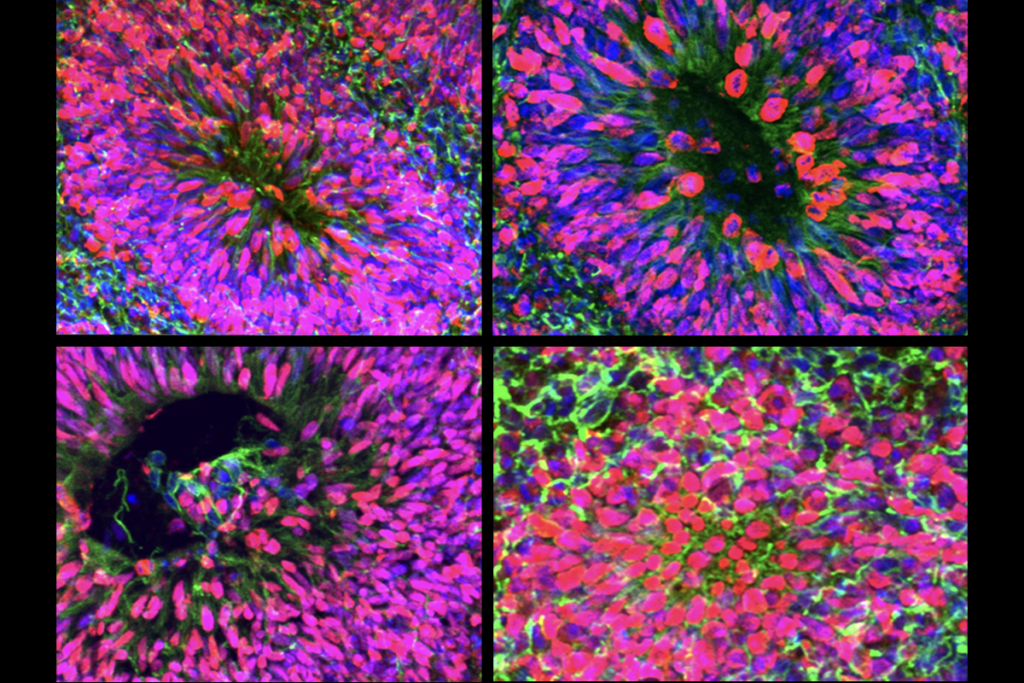
New organoid atlas unveils four neurodevelopmental signatures
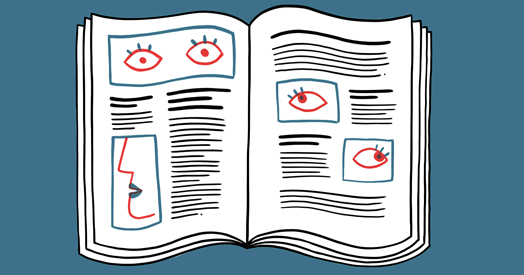
Glutamate receptors, mRNA transcripts and SYNGAP1; and more
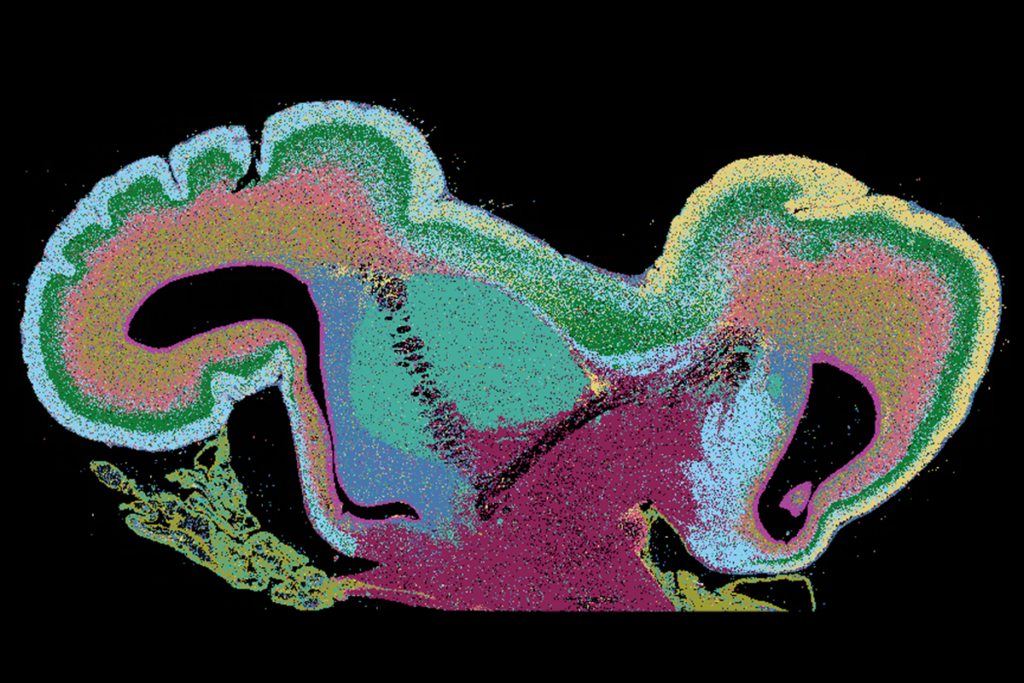
Among brain changes studied in autism, spotlight shifts to subcortex
Explore more from The Transmitter
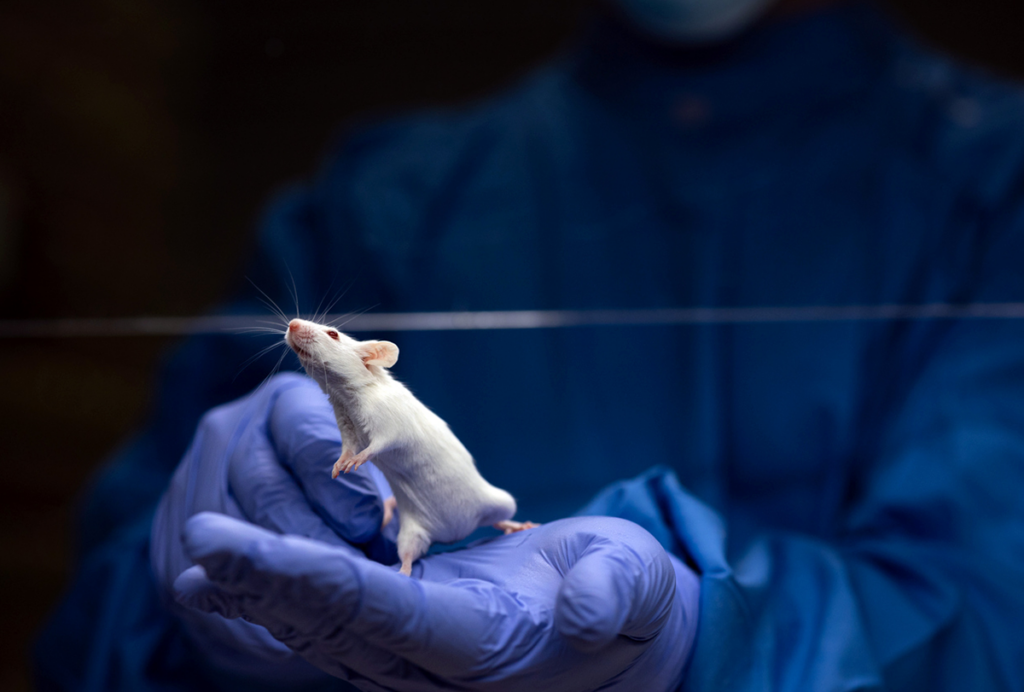
Psychedelics research in rodents has a behavior problem
Can neuroscientists decode memories solely from a map of synaptic connections?
